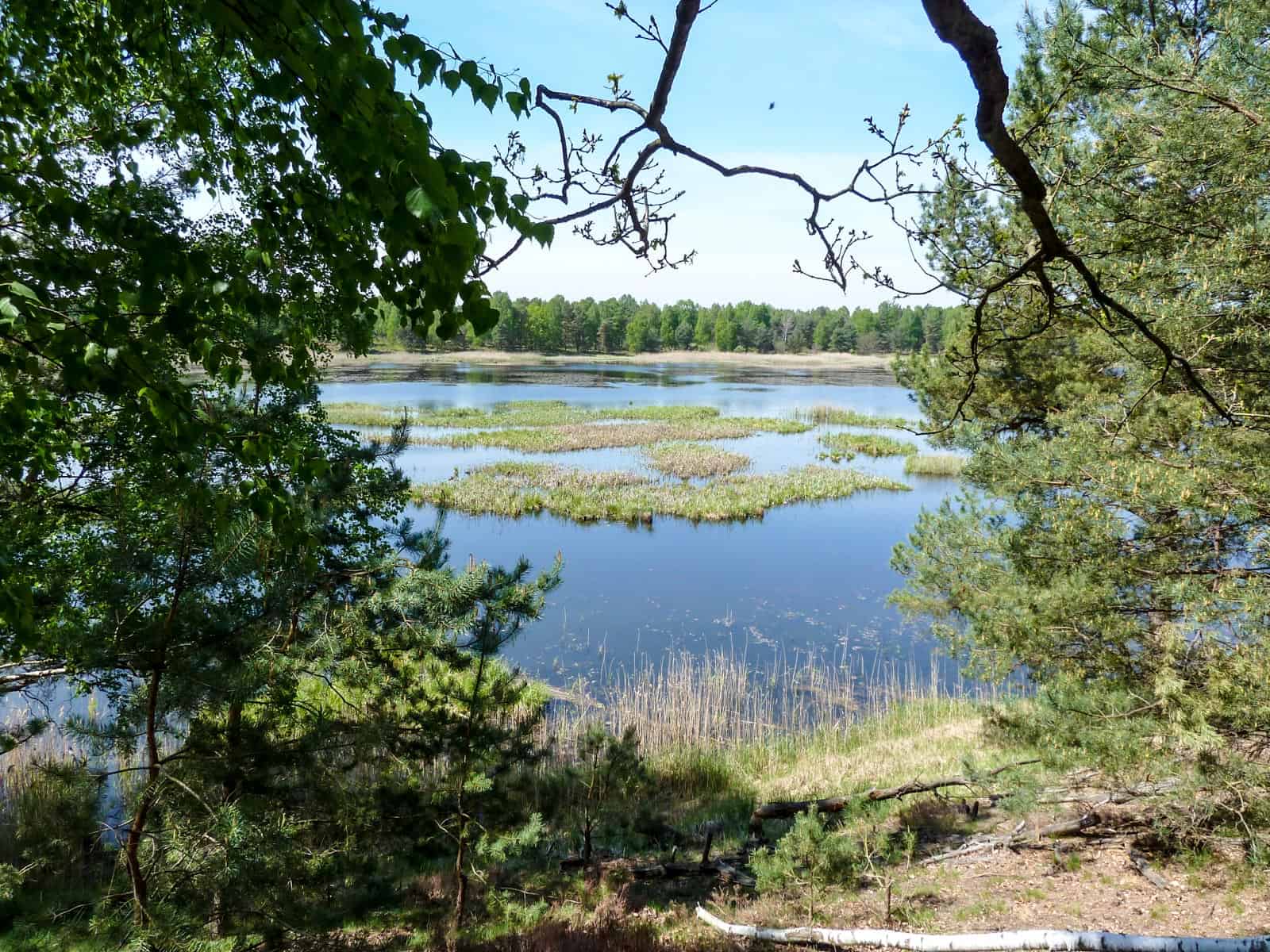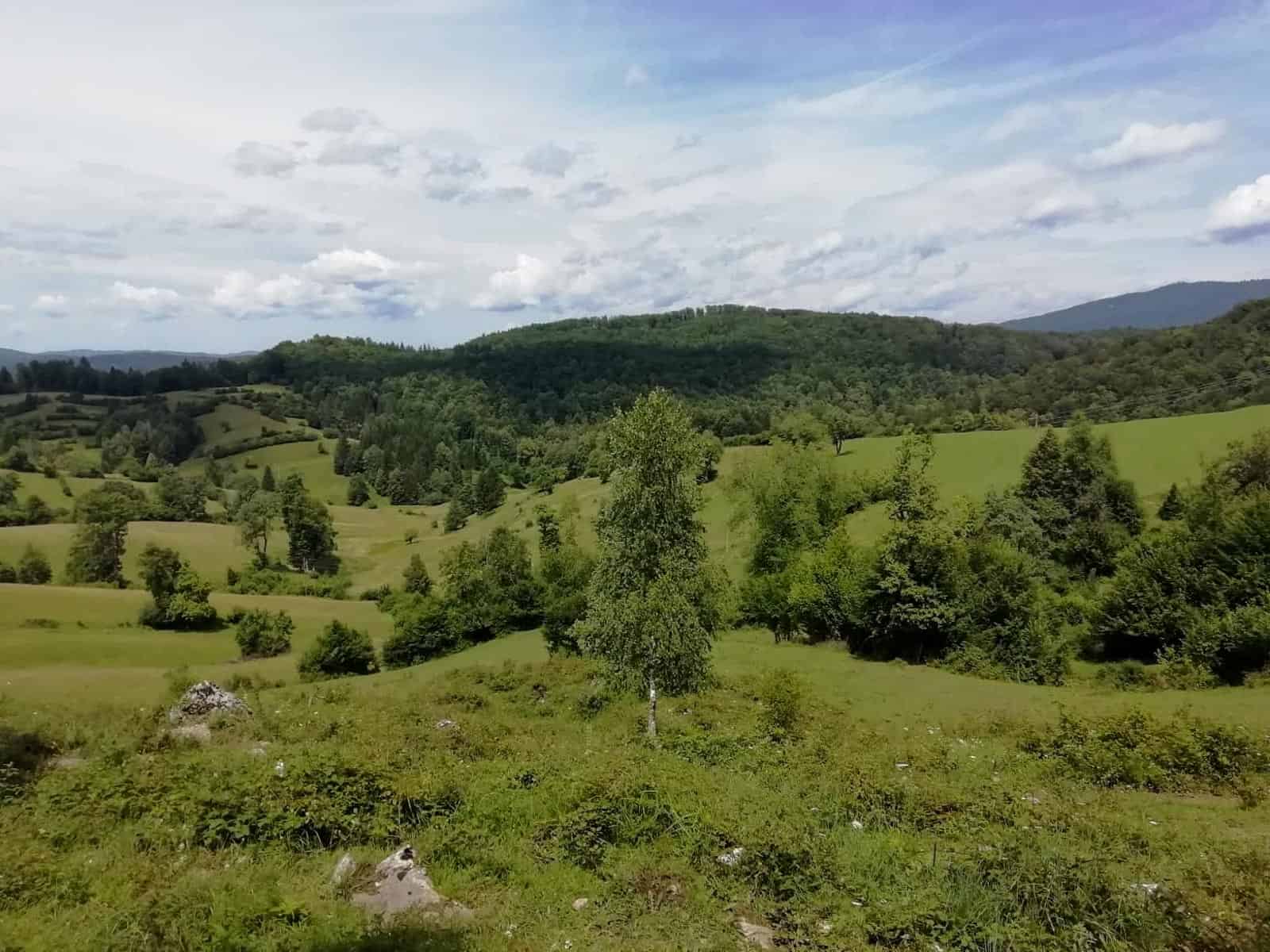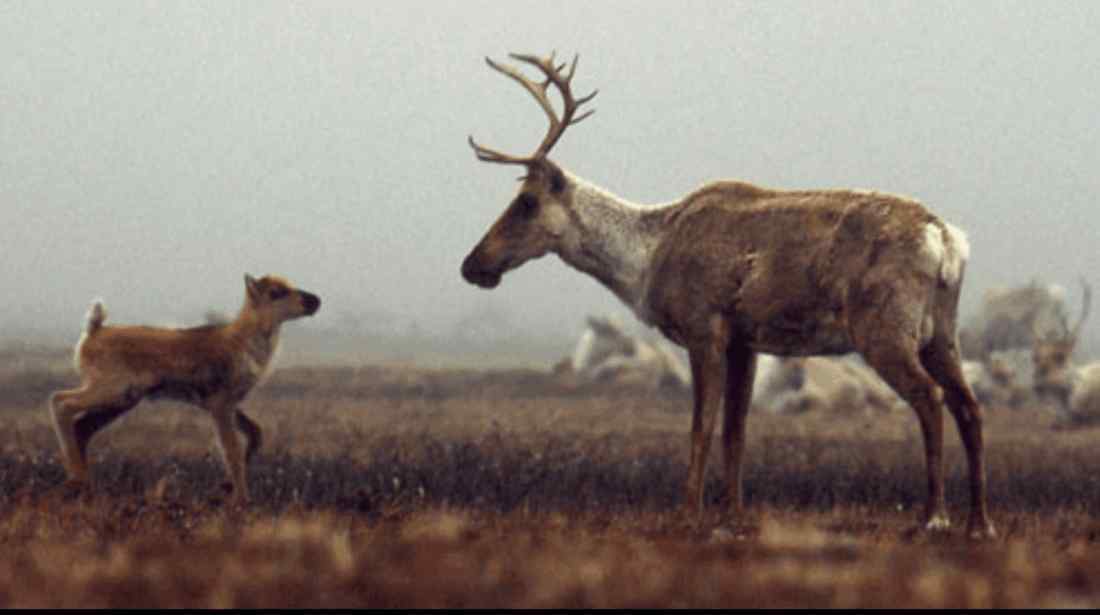Tamsweg wilderness
The whole Tamsweg region (Austria) used to be top quality wilderness. That is not true anymore. Tamsweg wilderness is a history.
Today, we can only learn about the Tamsweg Wilderness by studying the past. Very useful approach can be studying of research reports, learn about natural history or visualization of wilderness history.
In this moment if we want learnt about Tamsweg wilderness to have to look back to rich prehistory dating back thousands of years. We can begin with a glimpse into the prehistoric natural wilderness of this area some 20,000 years ago. This does not mean that this wilderness did not exist before this date. The opposite is true. For tens of thousands of years, it lay under a thick layer of snow and ice, the upper Quaternary. However, we can start in the period when the region slowly broke free from the grip of the cold ice age.
Wilderness and first people
The very first evidence of human presence in the Tamsweg region goes back tens of thousands of years. It was a time when the entire continent was one vast wilderness. The first people probably migrated to this area from different parts of Europe. Their paths led to where food sources were available, such as game and edible plants.
It is not easy to determine the exact time frame of the arrival of the first people in this region. However, archaeological findings suggest that hunter-gatherer communities inhabited similar mountain environments throughout Europe as early as 40,000 to 30,000 years ago. These ancient peoples adapted to the harsh conditions of the Ice Age landscape. They used their knowledge of the environment to survive and thrive also in area what is now the Tamsweg region. Their lifestyle at the time did not have an impact on the Tamsweg Wilderness.

Retreat of the glaciers
The retreat of the glaciers about 20,000 years ago was a significant change in history at that time. After long years of glaciation, the glacier cover covering a large part of the Alps suddenly began to gradually but very slowly melt. The period of the last glacial maximum in the Alps has ended.
In the Tamsweg wilderness area, temperatures at that time were on average around -10°C to -5°C. It was a period when, after the gradual retreat of the glaciers, the Tamsweg wilderness was characterized by a number of ongoing dynamic geomorphological processes. Large rivers cut their way through valleys, melted glaciers left U-shaped valleys but full of glacial remains and moraines. The landscape obviously exhaled from the weight of the ice sheets and slowly formed the terrain we know today.
The first signs of vegetation
The first signs of vegetation appeared in the country about 15,000 years ago. The temperatures rose steadily but slowly. The climate still remained cold. Average temperatures could range from -5°C to 0°C.
After the ice retreated, the first signs of vegetation appeared on the barren land. Pioneering plant species such as lichens and mosses began to colonize exposed surfaces, gradually paving the way for more complex vegetation to take root.
It took another 2000 – 3000 years when, as the temperature continued to rise slowly, grasses and herbaceous plants appeared. They gradually began to cover the Tamsweg wilderness, especially in low-lying areas such as valleys and river floodplains.
The first trees
The first trees appeared in the country about 9,000 years ago. They arrival marked an important milestone in the ecological history of the region. Pioneer trees such as birch and willow were among the first, followed gradually by conifers such as spruce, pine, dwarf pine and cembra pine. Only then, as the temperature rose, did deciduous trees such as ash, maple and oak appear, and later also beech. These trees began to form early forests, primarily in protected valleys and on lower slopes in the Tamsweg wilderness region.
Locations such as the Mur valley and the banks of the Taurach river were probably among the first to be colonized by vegetation, which gradually transformed the once barren landscape into green forests.
Tamsweg wilderness and people
Another wave of warming came about 5,000 years ago. Average temperatures in that period could already be around 5 °C to 10 °C. With warming, the landscape continued to develop, and the Tamsweg wilderness began to be inhabited not only by diverse flora and fauna, but also became an increasingly frequent destination for people.
With the arrival of people and their settlement, the definitive extinction of the Tamsweg wilderness was started. Human activities almost completely affected the local wilderness. The man in an effort to obtain food and sustenance, they have transformed the majority of the territory into agricultural or wood-producing areas.
It was a process that took place gradually and was called the development of civilization. It was intensively affected by the periods from the Roman Empire through the Middle Ages to the present day. The result is the country we enjoy and admire today. It produces high-quality food on agricultural areas, and high-quality construction and utility wood in species-altered forests. For the past several millennia, it has provided a home for hundreds of thousands of people using this territory.

End of Tamsweg wilderness
The very long presence of human in the Tamsweg region has caused a loss of the quality of the Tamsweg wilderness. This process began about 5,000 years ago and was gradual and unobtrusive. It was the beginning of the period of settlement expansion and gradual intensification of agricultural and forestry activities. Increasingly intense land use has led to changes in the landscape and fragmentation of habitats. It was a time when the presence of man became more and more evident on the quality of the wilderness in the Tamsweg region.
This trend continued in the following periods and significantly strengthened in the period of the last approximately 100 years. As a result, the quality of the wilderness gradually disappeared, and finally most of wilderness disappeared.
Conclusion
Thousands of years of human presence have uprooted the once vast wilderness not only in this corner of the Alps, but throughout Europe. However, Tamsweg’s special significance lies in the fact that it is the headquarters of the European Wilderness Society. An organization that plays a key role in saving the last remnants of wild nature in Europe and advocates their protection at the international level. For this reason, Tamsweg is a symbolic place for wilderness conservation.








